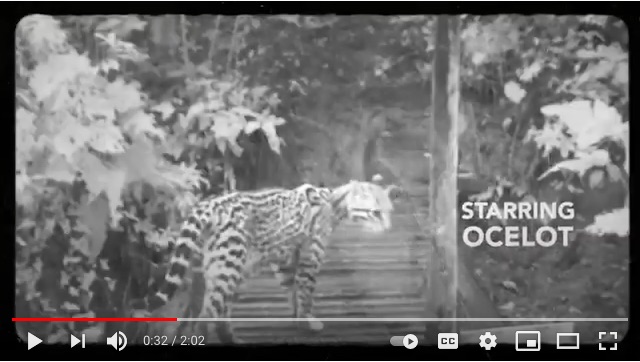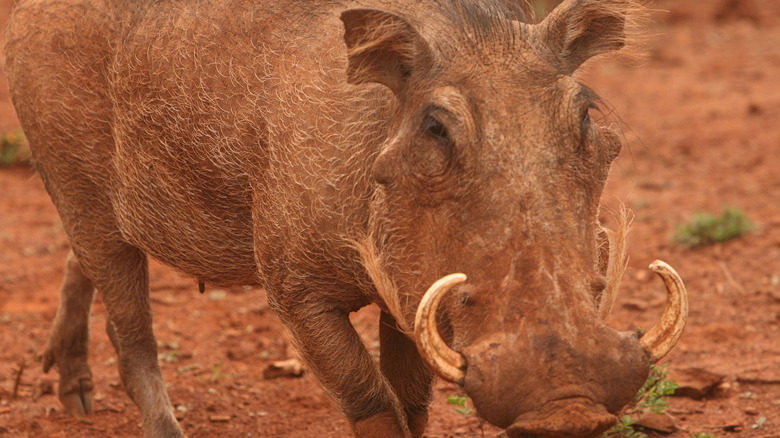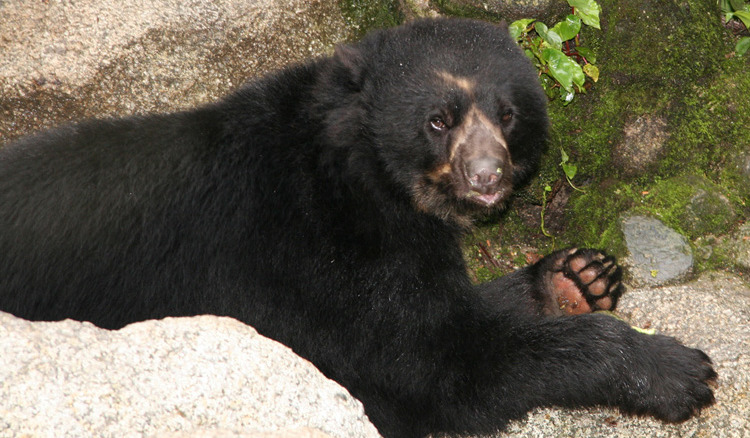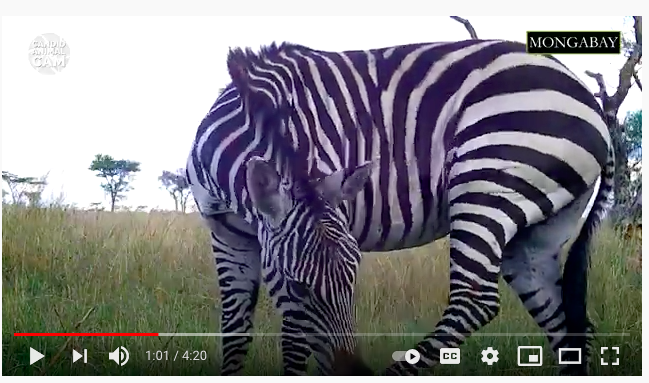Fun facts about the bearded pig!
- The bearded pig lives in Southeast Asia.
- It is found in rainforests, mangroves, coastal areas, and mountain forests.
- Bearded pigs swim well.
- The bearded pig is named for its beard of long hairs. The beard is usually more prominent in males.
- Bearded pigs have a great sense of smell. They use their snout to help find food such as roots, earthworms, fruit, and seedlings. They are omnivores.
- Bearded pigs are very social. They live in groups of mothers and young. Adult males are solitary (they usually live by themselves), but they join groups of females during the breeding season.
- The bearded pig is the only known pig species that migrates. Once a year, hundreds of pigs join together for this journey. Older males lead the migration and follow the same route each year. The migration may be in response to mass fruiting events in the forest – a good source of food for lots of hungry pigs.
What is migration?
Migration is the movement of animals from one region or habitat to another. Migration usually follows a seasonal pattern.
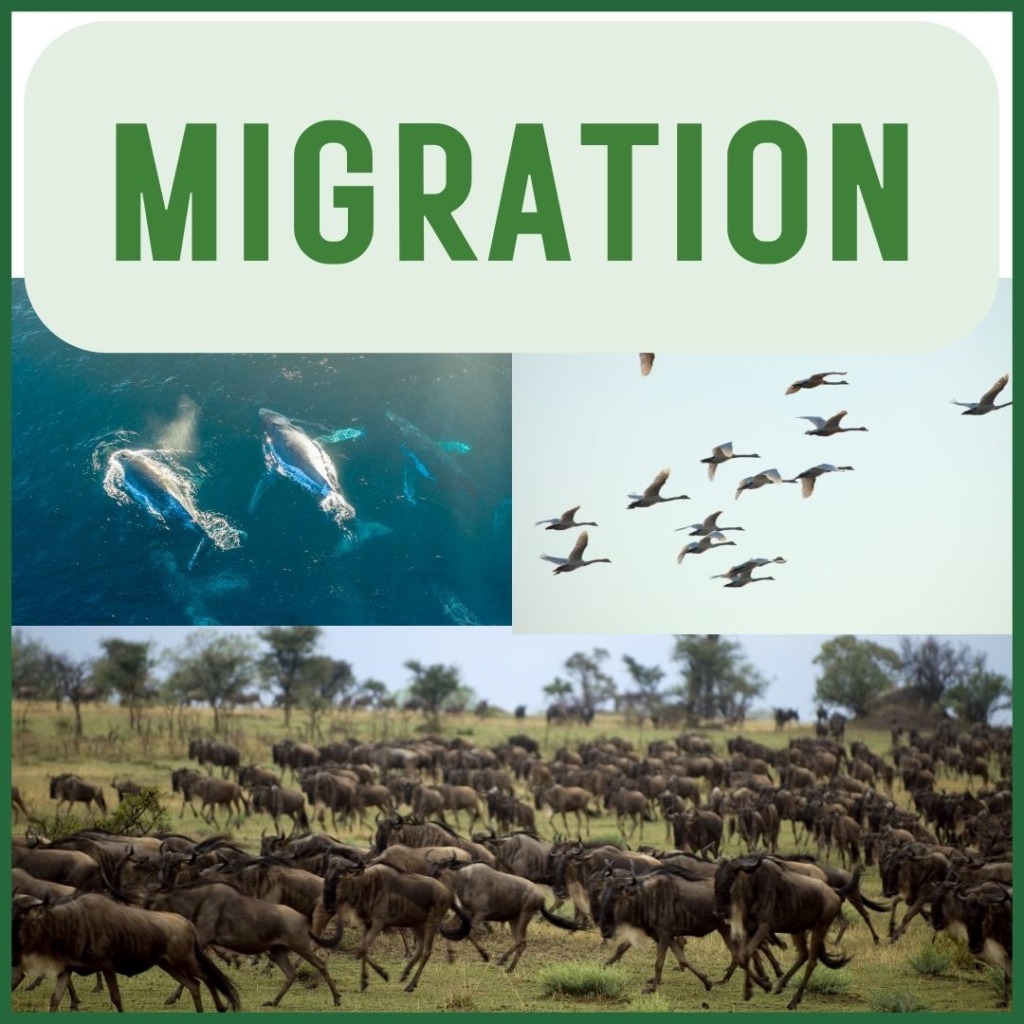
We just learned that bearded pigs migrate. Many other animals migrate too. Some reasons that animals migrate are to find food, water, or suitable breeding grounds (safe places to mate and raise their babies). Animals may also migrate to hibernate or to improve their living conditions.
Here are two amazing examples of animal migration:
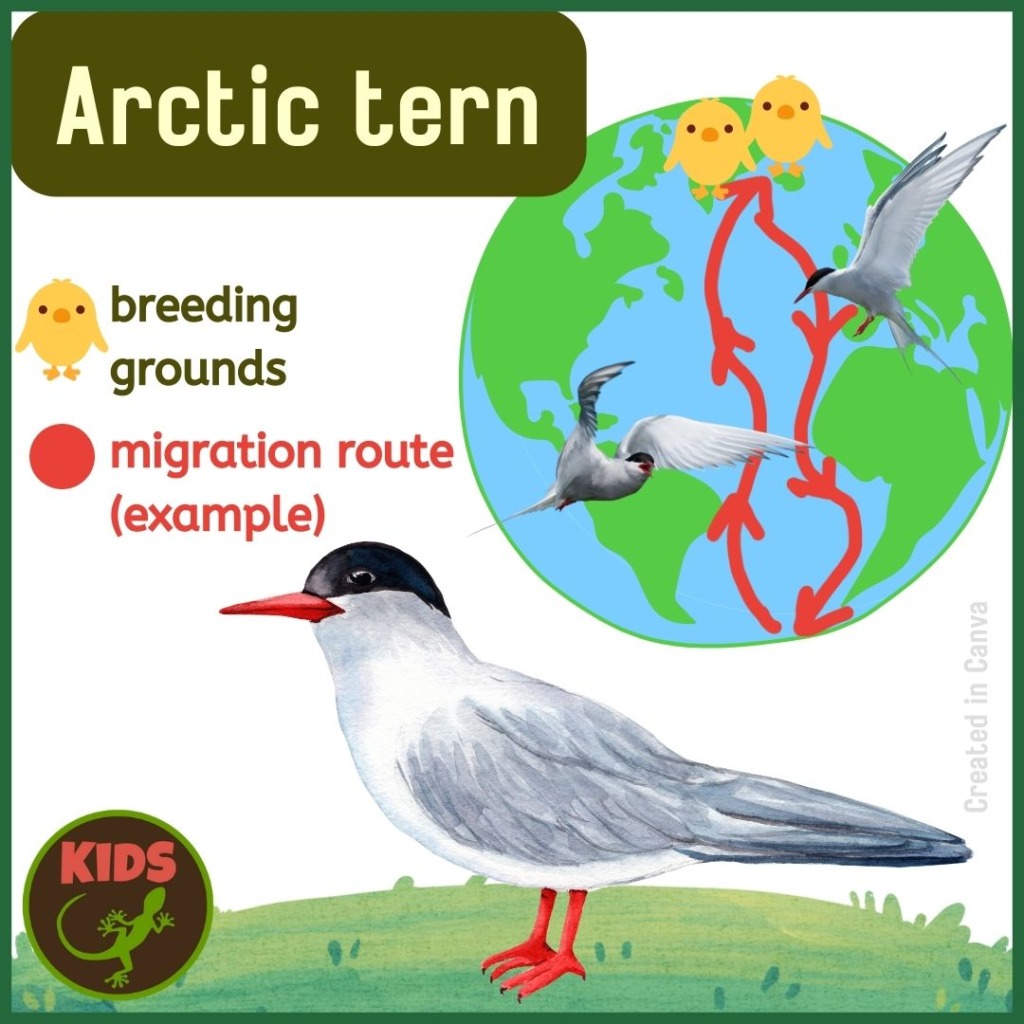
Arctic terns: Arctic terns are a type of bird. They are thought to migrate further than any other animal. Arctic terns migrate between the Arctic circle (where they breed in the warm months) and the Antarctic circle. It is a long journey, so the terns make stopovers along the way. Some Arctic terns have been recorded traveling up to 80,000 km (50,000 miles) per year. By the time the terns arrive in the Antarctic circle, it is warm there. When it starts to cool down, they begin their migration back north.
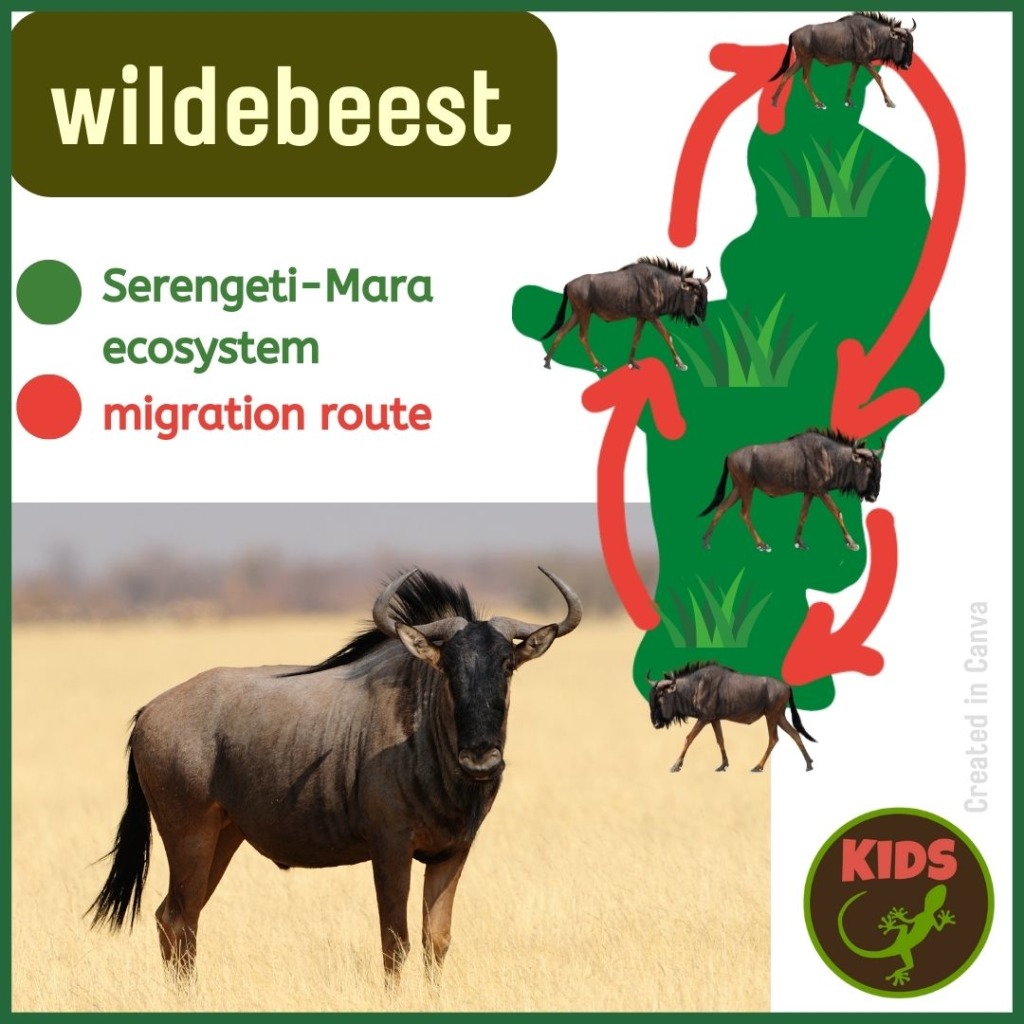
Serengeti wildebeest: Wildebeest are a type of antelope found in East and southern Africa. Each year, over 1.3 million blue wildebeest migrate around the Serengeti-Mara ecosystem of northern Tanzania and southern Kenya. The massive herds of wildebeest track the nutritious grasses that grow following seasonal rains. And predators like lions and crocodiles feast on the herds of wildebeest as they pass. This migration is a spectacular sight!


